Art galleries receive many phone calls from people who have found treasures at a yard sale or in their grandmother’s attic and are anxious to find out their value. Sometimes they tell us it is signed by a famous artist. And we inspect them just in case they really do have a Group of Seven painting. Unfortunately, the odds are much like winning lottery money.
People are surprised when we tell them they have a reproduction rather than an original. They are particularly disappointed when the work came from an older relative who had owned the piece for many years.
It was in fact, in the early 1850s when people started the process of commercially selling the images of established artworks using photography. Although gift stores in museums have long sold postcards, posters, and books of their collections and exhibitions, there was reluctance on the part of museum administrators in the 1800s to participate in this process of reproduction, likely for fear of poor-quality images and concerns about copyright. And we have been living with reproductions since that time.
You may notice I’m intentionally using the word “reproduction” instead of the word “print”. “Prints” have become a source of confusion due to the proliferation of “reproductions”.
Prints, often called “original prints”, or “original multiples” are original works of art. The Chinese first put prints to paper as early as the 7th century, although they had been using them for textiles centuries before. Prints are different from paintings or drawings however, because of the way they are made. Where a painting is unique because the artist puts the paintbrush to a surface, an original multiple is a printed impression of an image meticulously made on another surface, whether a plate, block, stone or stencil.
Once the surface has been prepared, the impression can be transferred to paper using ink or paint. Because the plate can be reused, multiple impressions can be made. The artist will decide how many based on their expectations from the plate. Since a plate can be delicate, there are only so many prints that can be made before the plate degenerates and is unusable. An etched plate, for example, will not generally last beyond 50 impressions, while a woodblock can produce as many as 200 prints. Though multiple prints are made of an image, each inking is a unique process. Direct comparison of impressions from the same edition will reveal small differences that render each print a unique work of art. These are then signed and numbered by the artist to indicate both the number of prints in the total edition and to identify the specific edition number.
And prints, like other art, can be wonderful investments. Master printmaker David Blackwood’s 1980 iconic engraving and aquatint “Fire Down on the Labrador” has sold for up to $60,000 on the rare occasions it becomes available.
A reproduction is quite different. It is a copy of an artwork conceived by the artist in another medium such as an oil painting or watercolour that has been photographed and mechanically reproduced.
Although it is signed and numbered and called a “limited edition” it is only limited by an arbitrary choice of the artist, as infinite numbers of prints could be produced. Editions range from 250 to 1000 or more. Numbering and signing a reproduction does not change its essence; it is still a digital reproduction of a painting and not an original print.
Besides the large edition numbers, there are other ways to identify a reproduction, including the presence of two signatures on the artwork, one in pencil and the other in the image of the artwork. Another hint is to look at the work with a magnifying glass. A reproduction will often have pixelation and tiny colored dots that are arranged in a repeating pattern. Occasionally textures on a reproduction are meant to look like actual brushwork, which when examined do not actually correspond to what they are meant to illustrate.
Reproductions typically cost a fraction of the original. They make wonderful entrants to the art world and allow many more people to enjoy art on their walls.
I hope this helps the next time you are in a gallery or at an auction or find a treasure.
Germaine Pataki-Thériault
Managing Director, Gallery 78
This appeared in the Daily Gleaner in February 2021.


